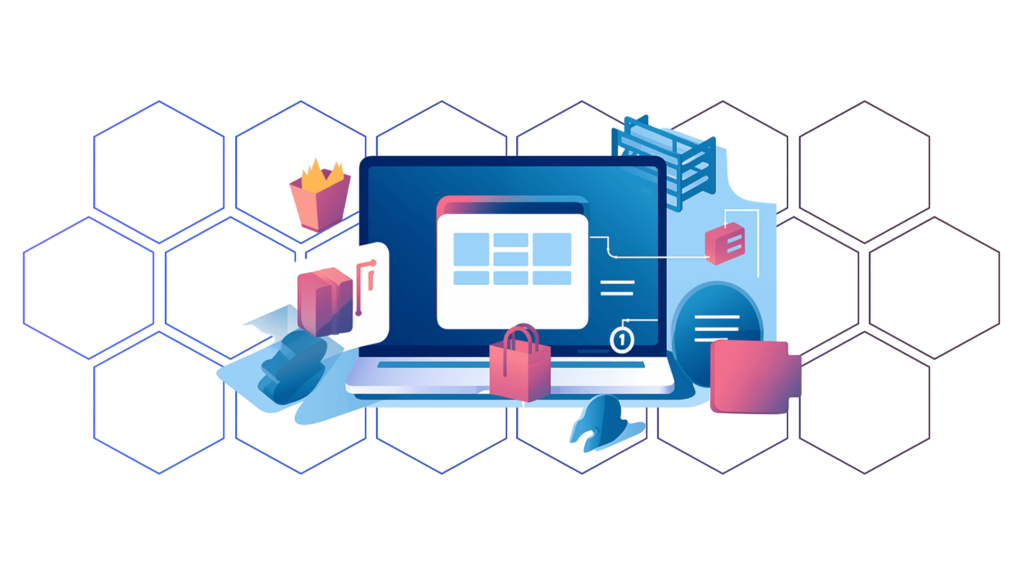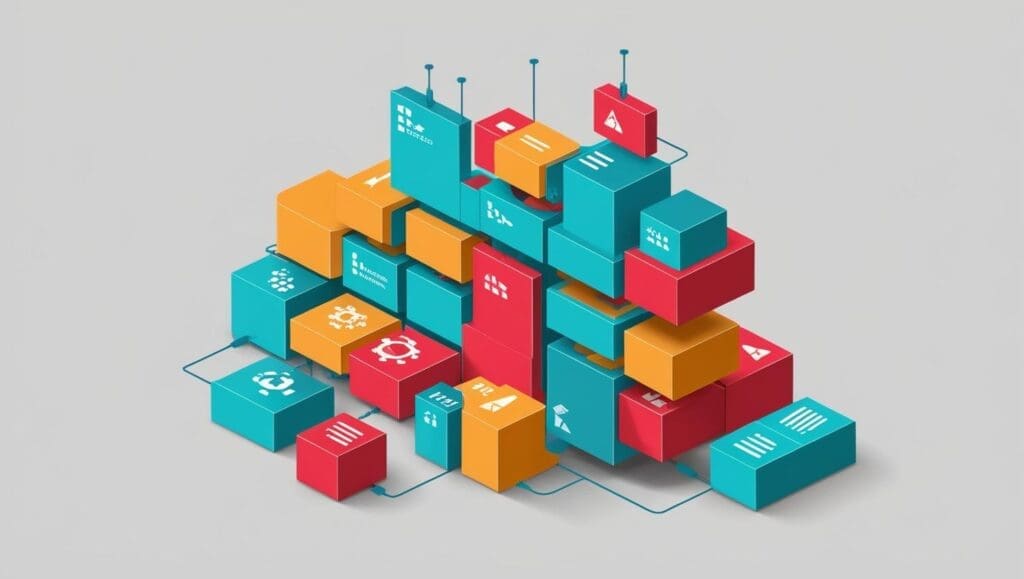In de digitale wereld van vadaag verzamelen bedrijven een enorme hoeveelheid klantgegevens uit verschillende bronnen. Maar, door de complexe GDPR-regels en cookies van derden wordt het voor bedrijven steeds moeilijker om het volledige potentieel van deze data te benutten voor marketing- en analysedoeleinden.
Bent u op zoek naar een GDPR-conforme oplossing die klantgegevens uit verschillende bronnen kan samenbrengen? Dan is er het Customer Data Platform (CDP). Met deze tool kunnen bedrijven segmenten maken en de verzamelde gegevens gebruiken om je klanten gepersonaliseerde ervaringen te bezorgen.
In deze blogpost gaan we dieper in op de voordelen van het implementeren van een Customer Data Platform (CDP).
Maar eerst: wat is een CDP?
Een CDP is een cloud-hosted platform dat uw marketingprocessen kan helpen verbeteren via verschillende functionaliteiten. Vier van de belangrijkste zijn:
- Een 360° beeld van je klanten
- Segmentatie
- Activering
- Analytics
Door alle klantgegevens te centraliseren en zo een 360° beeld van je klant te creëren, kun je die gegevens gebruiken om doelgroepen te creëren die ingezet kunnen worden voor geactiveerde marketingcampagnes, customer journeys, advertenties, enz. Deze gegevens zijn bijvoorbeeld gedragsgegevens op de website (bijv. bezoeken en klikken), profielgegevens, specifieke transacties, …
Het concept van een 360°-beeld bestaat al een tijdje, maar het belang ervan is toegenomen met de integratie van geavanceerde voorspellende analyses door middel van machine-learning modellen. Het vastleggen van gegevens begint al bij het allereerste anonieme bezoek, dat vervolgens wordt verrijkt met behulp van identity stitching-technieken dat identieke gebruikers samenvoegt. Dankzij dit proces krijg je een volledig beeld van elke klant.
Door deze diverse gegevens samen te brengen, krijg je de mogelijkheid om zeer specifieke doelgroepen te creëren. Dit betekent dat je je marketingstrategie kunt aanpassen om de juiste klanten te bereiken en hun ervaringen via verschillende kanalen te verbeteren. Het effect: effectievere campagnes, geoptimaliseerde customer journeys en lagere advertentiekosten.
CDP: een hot topic
Momenteel zijn er meer dan 200 leveranciers van CDP-oplossingen en tot 20% van de Europese bedrijven gebruikt een CDP. Waarom is het zo populair?
Wel, om meerdere redenen.
- Nu de beperkingen op cookies van derden toenemen, moeten we overschakelen op first party gegevens
- CDP kan in veel sectoren worden gebruikt, waaronder retail, financiën, gezondheidszorg, technologie, enz.
- De resultaten van Customer Data Platforms spreken voor zich en dragen bij tot hun succes:
- een toename van 20% in klantbetrokkenheid
- 10% meer klantenbinding
- een enorme ROI van 300% na drie jaar
CDP’s vereenvoudigen de naleving van de GDPR- en privacy wetgeving, wat een enorm voordeel is.
Bovendien is het feit dat je toegang hebt tot real-time gegevens om te segmenteren een groot pluspunt. Dit stelt je in staat om dynamische always-on campagnes te maken die leden toevoegen aan of verwijderen uit de doelgroep terwijl de campagne loopt.
Voorbeeld: Stel dat een klant net je product heeft gekocht, dat betekent dat je hem in de nabije toekomst niet meer hoeft te targeten met advertenties voor dat specifieke product. Je verwijdert hem/haar dus uit je segment. Zo raakt je klant niet gefrustreerd door alle onnodige advertenties en e-mails en kun jij besparen op onnodige advertentiekosten. In plaats van te proberen willekeurig mensen te bereiken, kun je nu gerichter te werk gaan. Als de garantieperiode van het product nadien bijvoorbeeld bijna verlopen is, kun je de klant opnieuw toevoegen om hem te targeten met advertenties voor een nieuwe, bijgewerkte versie van het product.
Tot ziens third-party cookies
Er werd aangekondigd dat Chrome tegen 2025 geen cookies van derden meer zal toestaan, dus bedrijven moeten op zoek naar alternatieven. Een Customer Data Platform is daarvoor een goede oplossing: je werkt enkel met first-party cookies en gegevens.
Ben je toch op zoek naar een extra tool waarmee je nog meer first-party gegevens in je CDP kunt krijgen? Kijk dan eens naar de data clean room: een platform waar je geanonimiseerde en versleutelde first-party data gebruikt die andere bedrijven beschikbaar hebben gesteld (en dus uiteindelijk second-party data worden). Op deze manier verzamel je gegevens, maar wel in overeenstemming met de privacy.
Kortom, CDP heeft veel mogelijkheden en voordelen. Het is future proof, draagt bij aan een efficiënte marketing en creëert gepersonaliseerde customer journeys. Maar, er hangt ook een kostenplaatje aan vast, dus je moet er goed over nadenken.
Ons competence center Stitchd kan je helpen beslissen of dit voor jou de juiste weg is of niet. Zij implementeren zelf geen CDP’s maar zijn wél uw strategische en adviserende partner in het gebruik.
Auteur: Sven Peeters, Technisch CDP Architect bij Stitchd


